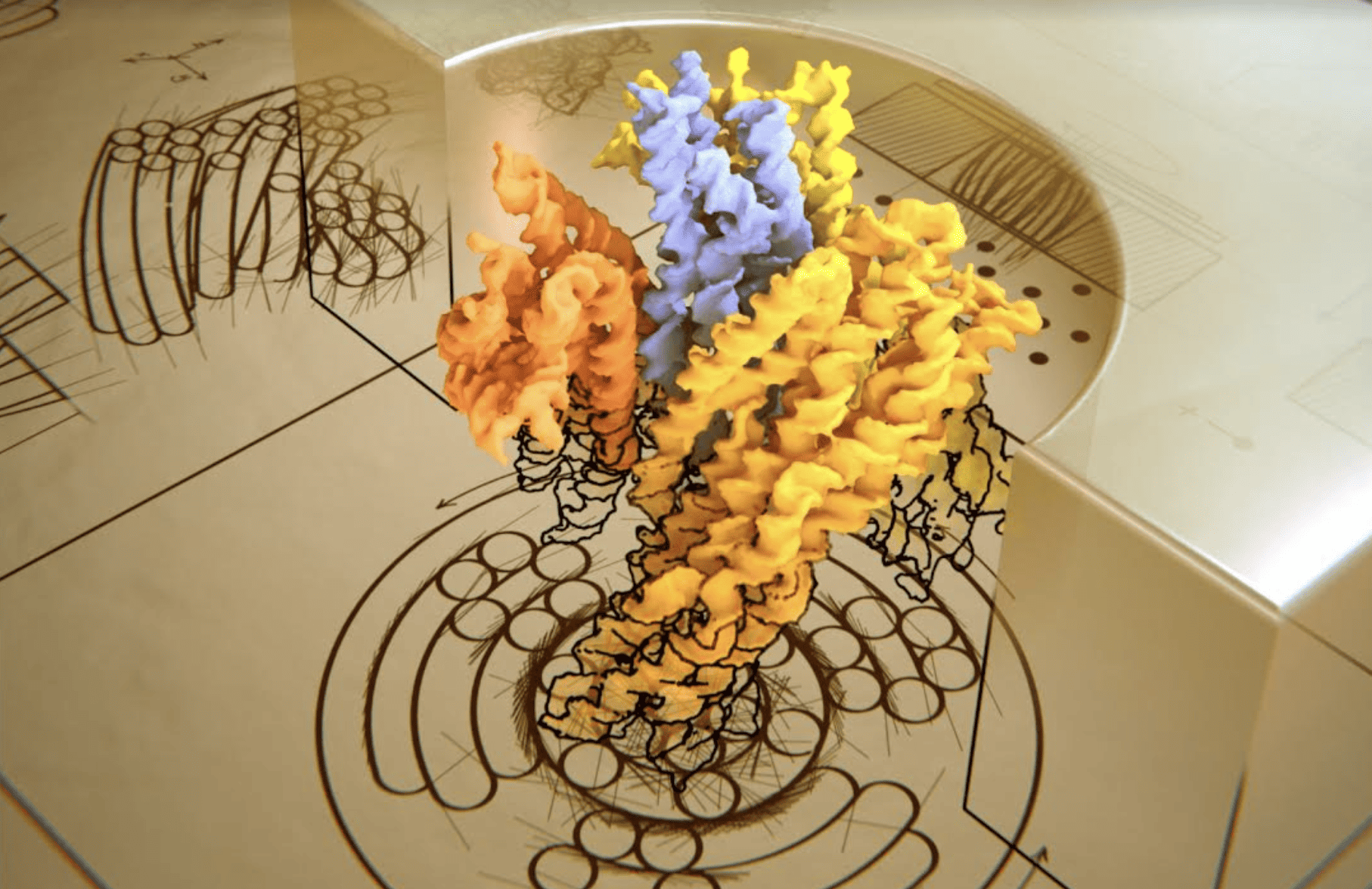
Research carried out by the German Max-Planck Institute for Intelligent Systems (MPI-IS) resembles films like Innerspace and the sci-fi classic Fantastic Voyage (after a book by Isaac Asimov), in which scientists on board a minuscule pod make a journey through the human body in order to remove a brain tumor.
Just like in those films, MPI-IS has developed a microrobot that resembles a white blood cell or leukocyte in size, shape, and movement. According to the researchers, the microrobot should make it easier in the future to bring highly targeted medication to places in the body where it is most needed. The institute’s research is centered on cancer cells. The study results were published last Wednesday in the renowned academic journal Science Robotics.
The researchers state that the microrobot has been tested in an artificial blood vessel in the laboratory. There it had to deal with roughly the same obstacles as in a real human body. The robot moves in a rolling motion much like a leukocyte. Which is why the researchers call it a ‘microroller.‘ The microrobot draws its energy from small magnetic coils.
Rolling along blood vessel walls
White blood cells served as inspiration because they are the only mobile cells in the bloodstream. While out ‘on patrol’ to places where pathogens have infiltrated, the white blood cells roll along the inner wall of the blood vessels. They then exit when they reach a wound, for example. Their ability to move is mainly due to the much lower flow rate along the inner walls of the blood vessels. The researchers have made use of this phenomenon in their robot.
 “Our goal is to create the next generation of transportation means for minimally invasive, targeted drug release that allows us to enter the body even more deeply,” says Metin Sitti, director of the physical intelligence department at MPI-IS and co-author of the study.
“Our goal is to create the next generation of transportation means for minimally invasive, targeted drug release that allows us to enter the body even more deeply,” says Metin Sitti, director of the physical intelligence department at MPI-IS and co-author of the study.
Eight micrometers
Each microrobot has a diameter of almost eight micrometers and is made up of tiny glass particles. One side is covered with a thin layer of nickel and gold. The other side is covered with cancer medication and special molecules that can detect cancer cells.
“With the help of magnetic fields, our microrobots can navigate upstream through a simulated blood vessel. That’s normally a real challenge owing to the powerful blood flow and the dense cellular environment. No microrobot has ever been able to withstand such a flow. But we did it! What’s more, our robots can recognize autonomously cells that are of interest to them, such as cancer cells. They can do this because we’ve coated them with antibodies. They can then release the drugs along the way,” says fellow researcher Yunus Alapan.
He claims that the microrobot can reach a speed of up to 600 micrometers per second in the laboratory. That’s about 76 times its body length per second, making it the fastest magnetic micro-robot of its size.
Swarms of nanorobots
That all sounds pretty amazing, but according to Max-Planck it’s still too early to start cheering. First of all, a real human body is something very different from a replicated circulatory system in the laboratory. Secondly, the robot can only carry a limited amount of medicine with it. That’s why the aim is that at some point in the future, microrobots will be able to venture out in swarms and deliver their cargo to the right place.
Incidentally, the main source of inspiration for the researchers was not the films Innerspace and Fantastic Voyage, but rather a world-famous lecture by Nobel Prize winner Richard Feynman entitled “There’s Plenty of Room at the Bottom” which took place in 1959.








